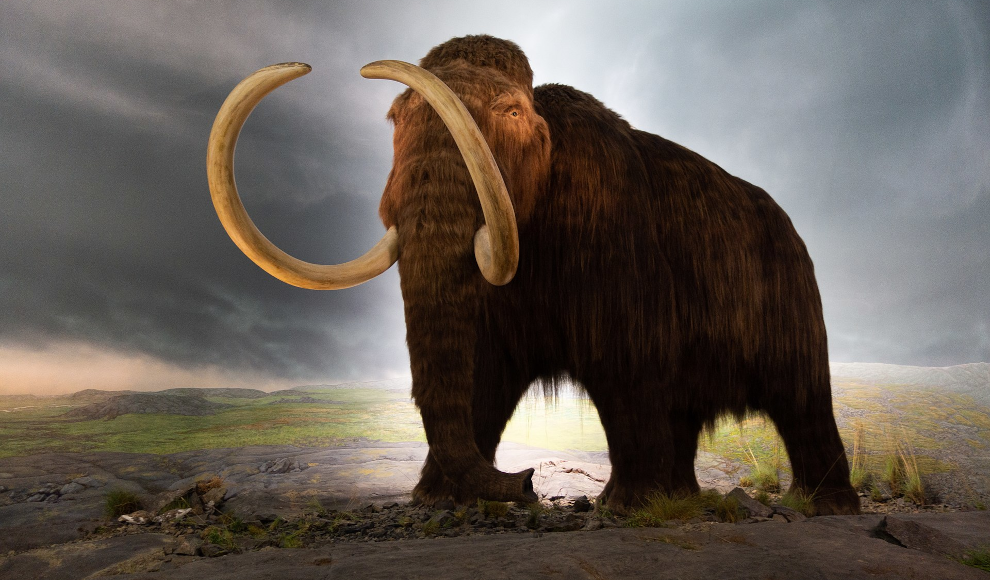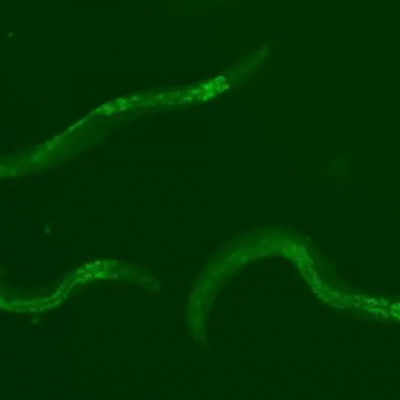New research from McMaster University has revealed that woolly mammoths lived on the North American mainland as recently as 5,700 years ago. The study, published in Nature Communications, analysed sediment samples from four locations in the Klondike region of Alaska. The samples contained DNA traces of the extinct animals, indicating that small populations of the creatures survived on the mainland long after the end of the last ice age. Previously, it was believed that the creatures only survived on isolated islands.
Woolly mammoths were once the most widespread large mammals on Earth, but most died out at the end of the last ice age around 12,000 years ago. However, isolated populations survived on some Arctic islands until around 4,000 to 5,600 years ago. The new research shows that small populations also survived on the mainland. The study aimed to track the changes in flora and fauna from the ice age to the post-ice age period over the last 30,000 years. The researchers found that the mammoth steppe, which was once covered in grasses and herbs, became more forested around 13,500 years ago. The DNA analysis also showed that the decline of large herbivores began around 20,000 years ago, with smaller herbivores such as bison and wild horses taking their place.
The researchers found mammoth DNA in nine different sediment samples from three locations, indicating that small populations of the creatures survived in remote areas. The latest genetic traces of woolly mammoths are around 5,700 years old, confirming that the creatures survived on the mainland long after the end of the ice age. The researchers believe that these small populations were too small to leave behind fossils, which is why they have not been discovered until now.










